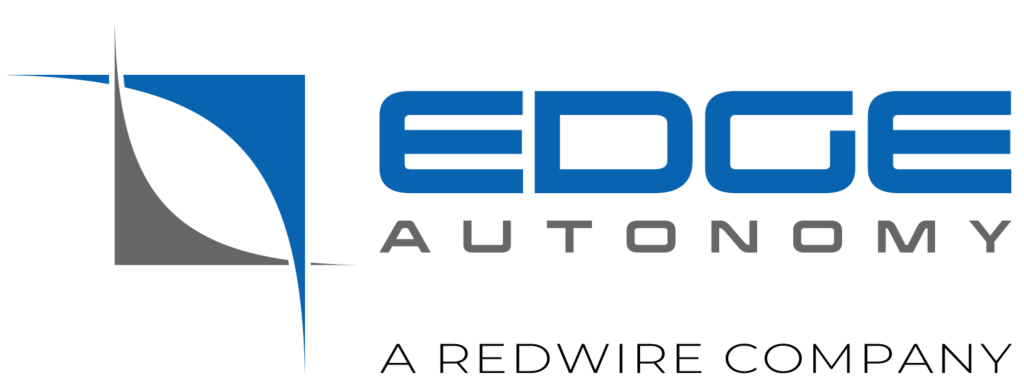Fuel Cell Technology
How do your Solid Oxide Fuel Cells work?
Our systems electrochemically convert fuel into electrical power.
Sensing leads and a remote probe detect battery voltage and temperature, which are used to determine optimal charging and discharging voltages.
The result: Maximum use of battery capacity, life and system safety.
What is unique about Adaptive Energy’s Performer Series battery tenders?
Unlike other solid oxide fuel cell products, ours are specifically engineered to cycle up to 250 times or run for 3,000 hours.
Can the battery voltage be changed?
Yes. Values can be adjusted to accommodate any battery chemistry.
Will your fuel cells work with alternative power sources?
Yes. We integrate seamlessly with A/C grid, generator, battery, DC-DC, wind or solar technologies — even serving as the rectifier if necessary — or can be included in new installations.
To minimize lifecycle cost, we provide targeted engineering support for each application.
Durability
Do your systems become more brittle with age like other fuel cells?
No!
Unlike other types of fuel cells, ours do not become brittle with age and will continue powering your load even as they near end of life. This is thanks to the fuel throttling technology that’s built into the latest generation Performer Series products.
What happens to the system if one of the fuel cells in the stack fails?
As long as our systems have fuel, a fresh fuel filter, appropriate exhaust and no natural debris blocking the fan, they will perform.
Unlike all other types of fuel cells, our proprietary microtubular design offers built-in redundancy. Power controls on the stack allow individual fuel cells to fail, so the system will never go down even if a single tube falters.
Our products offer peace of mind that your load will be powered no matter what.
Can your products be added to a mobile trailer?
Yes.
Our products are extensively drop- and subject-tested to simulate how they might react to high-vibration events like being tossed into a truck, riding on a trailer or operating beside a railroad.
In fact a lot of our systems are trailer-mounted and withstand heavy vibration when in use and while being towed.
Would the constant vibration of a railroad damage the stack?
No.
Our systems are highly durable because of the built-in redundancy in the stack. And several hundred of our systems are currently deployed along stretches of railroad where they’re subjected to constant vibration 24/7 for years at a time, and they always cycle on when needed.
How do you ensure the systems aren’t damaged in transit?
Due to customer feedback, we’ve updated our packaging and now use cardboard-based clamshells designed to withstand heavy vibration — so your system arrives in perfect condition.
Plus, you can reuse the case to transport the system to other sites or ship it back to us when you need a restack.
Low Carbon
What’s your fuel efficiency rate?
Our systems operate at 20% fuel efficiency, which is significantly greater than other technologies like thermoelectric generators (TEG) or gas/diesel generators.
Plus, our systems run on propane, which is cleaner than diesel and bypasses the carbon inefficiencies of converting hydrogen into power.
When decarbonization is crucial to your business, our SOFCs are the only option..
How do you achieve 20% fuel efficiency?
Our proprietary microtubular design provides superior efficiency with power control electronics integrated into a single thermal package.
Startup
What’s your startup temperature?
Our stack can start at any temperature we are rated to operate in, from -40°C to 65°C.
The operating temperature is 780°C, but our stack starts generating power before it reaches that level.
What’s your startup time?
The startup cycle is 30 minutes from first signal to full output.
During startup, is the fuel burned in rich condition or stoichiometry condition?
During all operations, our systems run a minimum of 1.8 times stoichiometry to minimize carbon monoxide (CO) emissions.
Compatibility
Will newer models in the Performer Series fit into enclosures that were created for an older generation system?
Yes. All of our products are created to be backwards-compatible and will fit into any enclosure we’ve ever manufactured.
How do you ensure your systems will integrate with an existing auxiliary power setup?
We manufacture all the components you need to get started, from the fuel filter to the weatherized enclosure.
Plus, we will work with you to simulate performance before you purchase. Looking at data on your existing integration (load, battery size, auxiliary power inputs such as solar or wind, location), we’ll provide a full analysis of how our systems can improve your uptimes. You can see total energy cost, lifetime cycles and run hours, maintenance intervals and more, so you can have complete confidence that your system will integrate easily into your existing setup.
Can additional propane fuel bottles be set adjacent to the P250i fuel cell?
We would advise our customers to keep the fuel supply physically separated from the fuel cell, each with separate ventilation to atmosphere. The P250i air intake should be fresh air free of any residual propane. Propane tanks have a range of pseudo-failure modes, such as small leaks on valve stems or at regulator connections. Physical separation of the fuel supply and the fuel cell air intake significantly reduces the chances of fuel cell ingestion of leaked propane. If you integrate the P250i fuel cell into a third-party enclosure, make sure the seal between the chambers is air-tight.
Is the fuel control valve (FCV) provided with the system, or is it an optional component that is recommended for the customer to integrate during installation?
The FCV is provided with standard fuel handling support kits offered by Adaptive Energy. The provided valve is sufficient to prevent excess fuel leaks. The customer may install secondary valves for added protection but should communicate with our team to ensure the location, size, certifications, and connection methods are compatible.
What is considered an appropriate intake filter for the P250i?
Our standard enclosure systems include a 10-micron air filter, which the fuel cell pulls process air through before use. This is the best practice and generally avoids significant buildup of dust, insects, and other debris. It is more important to include bug-screen materials to prevent large debris (>2mm) from entering the Fuel Cell process air or exhaust air flow paths.
Combined Heat & Power
Do you have combined heat and power (CHP)?
No.
Our systems do not have CHP. If we added this feature, we would aim for 75-80% overall efficiency. We don’t have plans to develop this but could do so if a customer required it.
Fuel Sources
Will propane get stale like diesel if the fuel cell sits idle for months or years?
No!
Propane does not degrade over time. While diesel can hydrolyze, oxidize or grow microorganisms within six months of storage, propane can be stable for 10 to 30 years. That’s why our systems can sit idle for years and then cycle on when needed.
Especially in remote areas where fuel must be airlifted, the reliability of propane is crucial.
How long can one system run with a single 20-pound tank of propane?
One 20-pound BBQ-sized tank of propane from your local gas station can keep one of our systems running for 80 hours, giving you plenty of time to schedule a refueling visit before the site is out of propane. And a bigger tank offers longer runtimes.
Can your systems run on fuels other than propane?
Yes.
In addition to propane, they can run on liquefied petroleum gas (LPG), compressed natural gas (CNG), liquefied natural gas (LNG) and distributed or pipeline natural gas (NG).
Our single-use filter is designed to last for the lifetime of the stack and keeps fuel clear and free of impurities. So you don’t have to worry about contaminants in your fuel.
Can your systems run on methane?
Yes. You’ll need a custom configuration because without it, the system won’t reach a hot enough temperate for the fuel cell to operate. We can provide you with the specific config file that you can apply to your system in order for it to operate on methane. This can be done using the P250i Interface Tool, which is the same process as you may already have used to apply battery configurations. The config file will offset the mass flow sensor for use with methane.
Extreme Temperatures
How do your systems perform compared to other technologies in extreme cold?
Other technologies are vulnerable to failure in freezing environments:
- Thermoelectric generators (TEG) produce liquid water during the reaction
- Proton exchange membrane fuel cells (PEM) or direct methanol fuel cells (DMFC) must be kept moist.
However, our Solid Oxide Fuel Cells are engineered to store, start and operate in temperatures from -40°C to 50°C.
They produce no liquid water and are constructed of heat-resistant ceramic tubes that will not freeze.
This means you’ll never have downtimes caused by cold weather.
If a system sits idle with a full tank of propane during long stretches in the winter, will the fuel freeze?
Probably not. Propane will not freeze until the temperature dips to -44°C.
Anode Flow
What is the unit for the fuel flow, anode flow and cathode flow in the data logger?
All flows are in SLPM.
What is the composition of the anode flow?
The anode is ambient air composition.
Data Logger
What program can be used to view data from the data logger?
The data logger can send out packets of data to a telematics website for remote viewing through an internet portal.
You can also capture these packets and interpret them directly. We do not have a stand-alone program that can capture the packets and translate them into viewable data locally.
Will all data be recorded on the SD card?
Yes.
The SD card will capture fuel cell operational data if it is plugged in and powered during fuel cell operation.
Can we configure how the data logger logs?
No.
The logs are not configurable.
Systems Output
Can a system operate at a lower power output?
Yes.
A 250W system, for example, can operate at a lower output such as 100W.
If a system operates at a lower output and/or throttles to meet a lower demand of 150W, would that extend its operational hours and cycles?
Yes, it would extend hours but not cycle life.
The degradation during cycles is accumulated during the warming and cooling period, not how many times the system cycles on and off.

